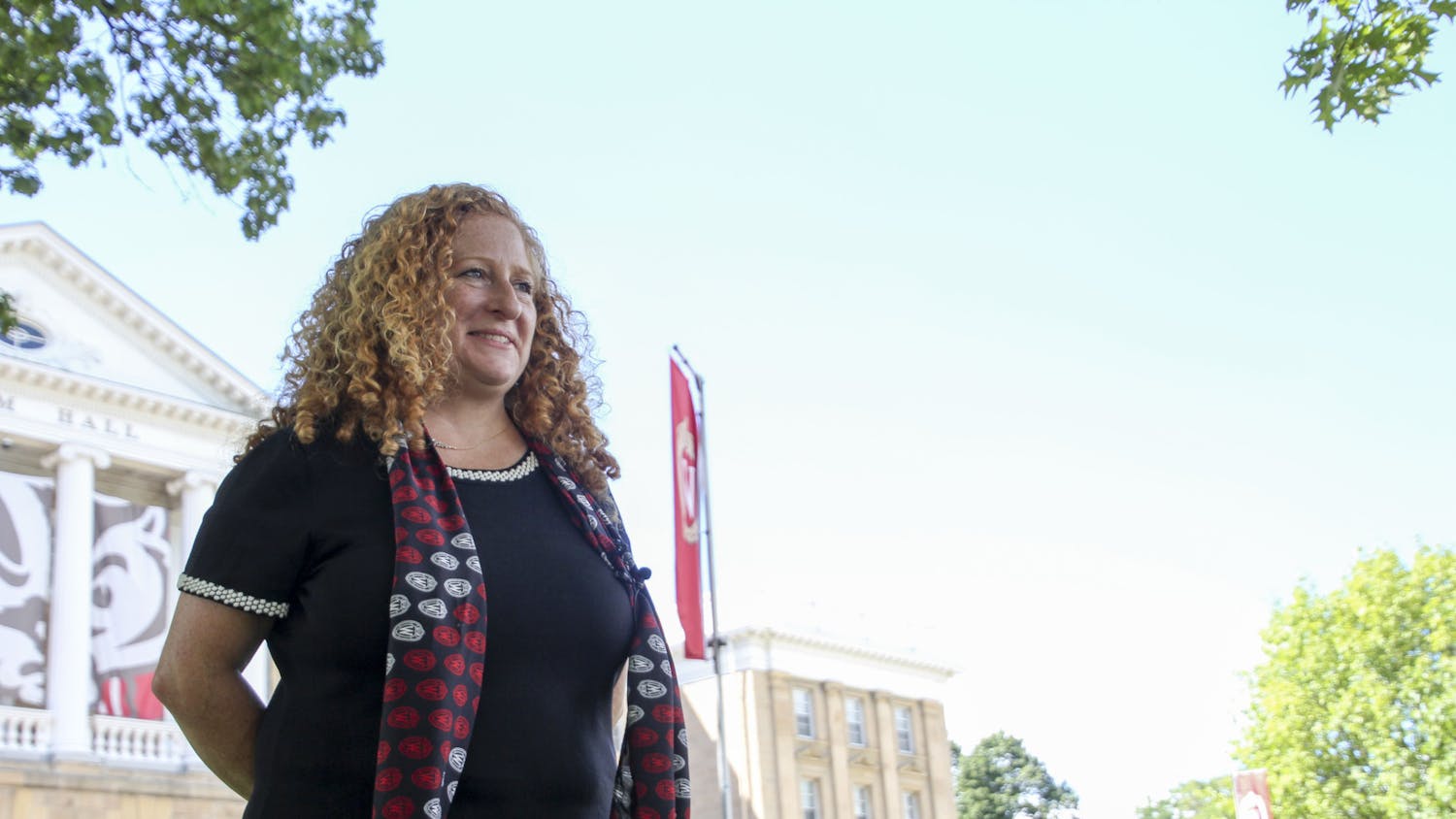University of Wisconsin-Madison researcher Su-Chun Zhang has found an error in protein formation that could be the root of Lou Gehrig’s disease, according to a university release.
Lou Gehrig's disease, more formally known as amyotrophic lateral sclerosis, is a disease that causes paralysis and death. As many as 30,000 Americans are living with Lou Gehrig's disease, according to the ALS Association.
Zhang, a neuroscientist at UW-Madison’s Waisman Center and senior author of the new report, said in the release attempts to cure the disease by transferring the gene mutation to animals has yet to work. However, Zhang tried studying diseased human cells in lab dishes. The motor neurons he studied in human cells direct muscles to contract and are the site of failure in ALS.
The error lies in proteins that build a transport structure, called neurofilament, inside these motor neurons, according to Zhang.
“Our discovery here is that the disease ALS is caused by misregulation of one step in the production of the neurofilament,” Zhang said in the release. “We got really excited at the idea that when you study ALS, you may be looking at the root of many neurodegenerative disorders.”
Scientists at UW-Madison’s Small Molecule Screening and Synthesis Facility are looking for a way to rescue diseased motor neurons made by the millions from stem cells by using Zhang’s technique, according to the release. Candidate drugs containing a thousand or more compounds are being tested.
“We can put this into action right away,” Zhang said. “The basic research is now starting to pay off. With a disease like this, there is no time to waste.”





